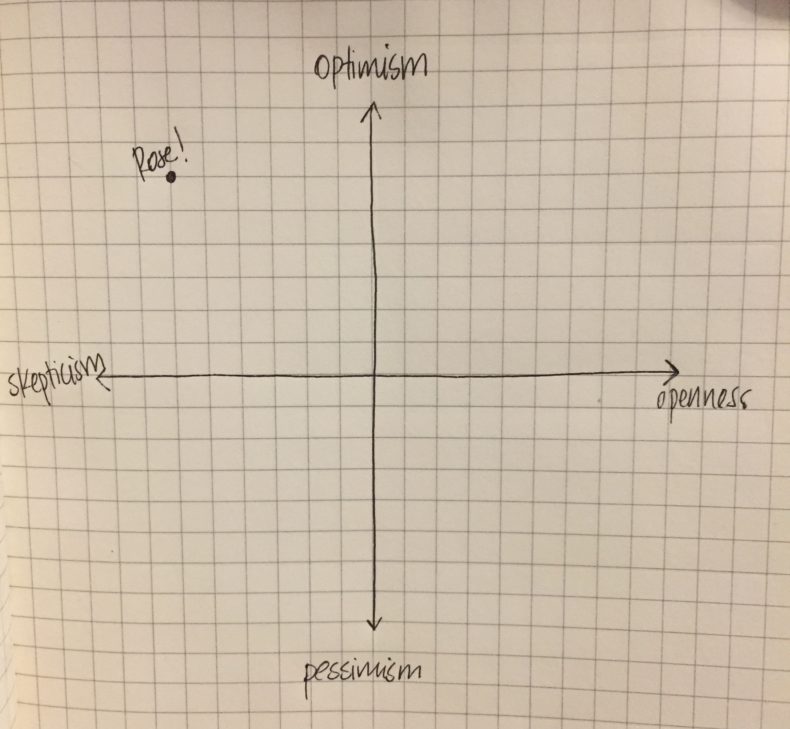Infant mortality in the Arctic has always been a bit of a mystery. Yes, the usual suspects are present — high smoking rates, overcrowding — but the same is true of many communities in the south where far fewer babies die. Nunavut’s infant mortality rate, for example, is four times that of the rest of Canada.
In recent years, a missing factor has emerged in Inuit genetics across the circumpolar world from Siberia and Alaska to Greenland. If a baby is born with two copies of the CPT1A Arctic Variant, his body cannot turn fat into energy when his blood sugar is low. The Arctic variant enzyme carnitine palmitoyltransferase (CPT) — the protein that does the fat-transforming work — only functions about 10% as well. Continue reading
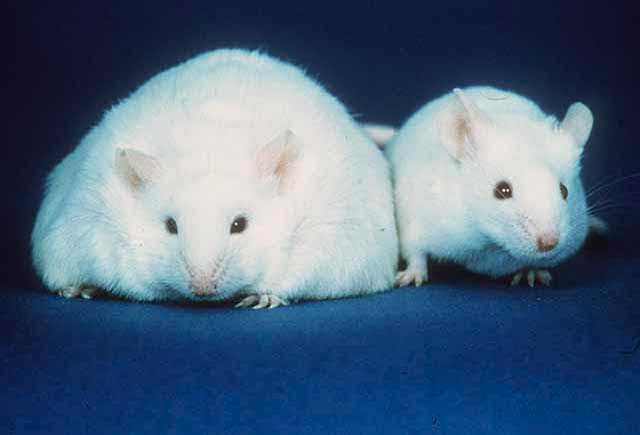

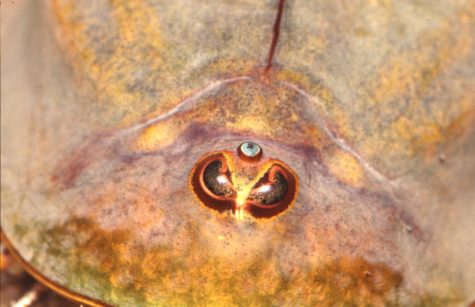 I am taking care of two fish this weekend. One is a nice, respectable goldfish. It’s orange and black, it lives alone in a bubbling tank with some seaweed and a little fake wooden log to swim through. It eats a few pellets of food every few days.
I am taking care of two fish this weekend. One is a nice, respectable goldfish. It’s orange and black, it lives alone in a bubbling tank with some seaweed and a little fake wooden log to swim through. It eats a few pellets of food every few days.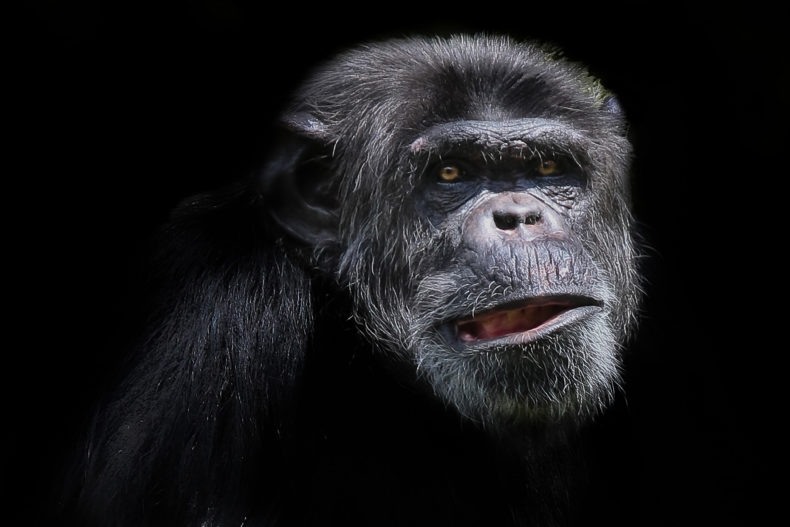
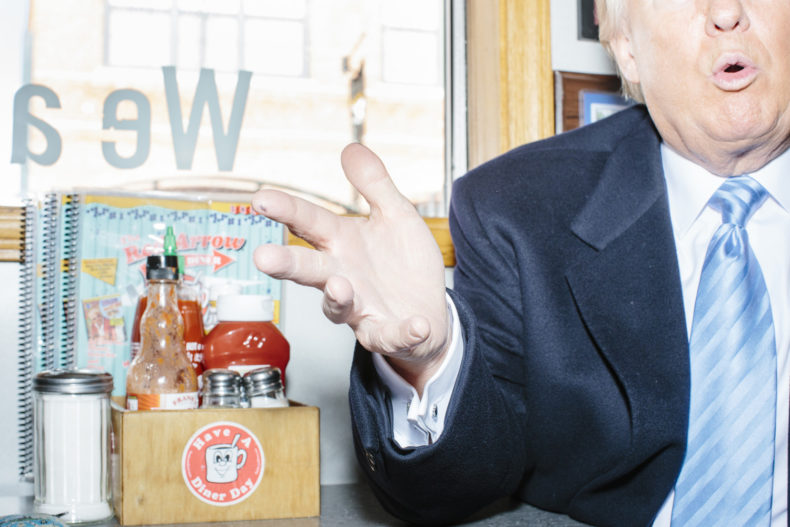
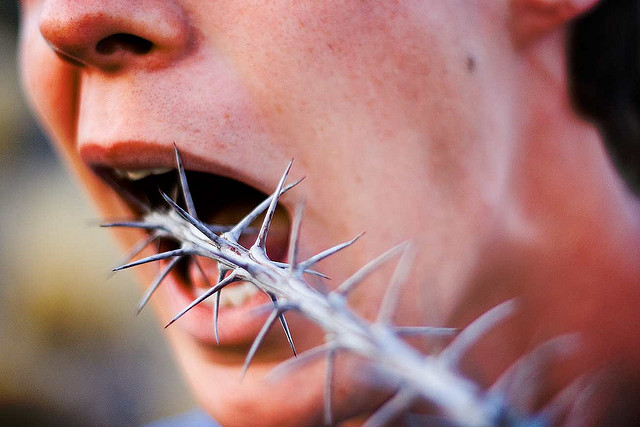 This week started with a guest post from Jenny Cutraro who on election day
This week started with a guest post from Jenny Cutraro who on election day 